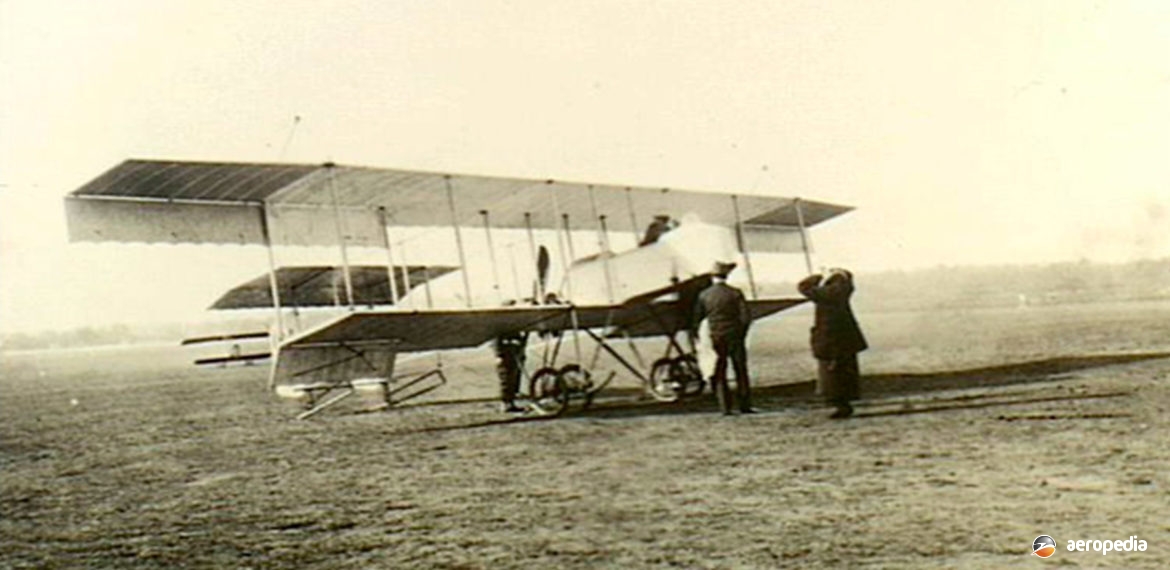Photograph:
Grahame-White Boxkite in the United Kingdom, circa 1915 (AWM P01976 003)
Country of origin:
United Kingdom
Description:
Two-seat training biplane
Power Plant:
One 37 kw (50 hp) Le Rhone seven-cylinder rotary piston engine
Specifications:
- Wingspan: 12.5 m (41 ft 0 in)
- Length: 10.5 m (34 ft 5¾ in)
- Height: 3.5 m (11 ft 6 in)
- Max speed: 80 km/h (50 mph)
- Empty weight: 408 kg (900 lb)
- Loaded weight: 521 kg (1,150 lb)
History:
Claude Grahame-White was one of Britain’s early aviators who taught himself to fly and was acclaimed when he took part in the London to Manchester Air Race, the £10,000 ($10,000) prize for which went to the French aviator, Louis Paulhan. Grahame-White became renowned for operating what was probably the first commercial airliner and organising Britain’s first airmail service. He held the three most coveted gold medals for flying, these being issued by the Royal Aero Club, The Aero Club de France, and the Aero Club of America.
After reaching the rank of Commander in the Royal Naval Air Service (RNAS) in World War I, he formed his own company to build aeroplanes and was involved in the design and production of a number of aeroplanes, the most widely produced being the Type XV. This was a rotary-engined machine with the power plant at the rear of the nacelle, resembling in many ways the Farman Boxkite of 1909.
On 27 November 1913 a Grahame-White Boxkite, which had been fitted with a Lewis machine gun, carried out the first successful air-firing from an aeroplane in Britain. During World War I his Boxkite design was produced for the Royal Flying Corps (RFC) and the Royal Naval Air Service for training duties.
In 1915 attempts were made in Australia to obtain Bristol Boxkites for use as elementary trainers at Point Cook, VIC but none was available. Two ex-Royal Naval Air Service Grahame-White Boxkites were obtained (CFS.11 – ex 8752 and CFS.12 – ex 8753) and they were shipped to Melbourne, VIC in March 1916 on board the ‘SS Berrima’. They were delivered to Point Cook on 29 May and assembled and tested in July. At that time they carried their RNAS serials. They entered service and were used as elementary trainers.
The Boxkite was an equal-span biplane with a pusher engine, fitted with both forward and rear elevators. Power was supplied by the 37 kw (50 hp) Le Rhone rotary piston engine. The type saw extensive service in the training role but was involved in a number of accidents. One report in September 1917 stated the Le Rhone engines supplied “proved to be very unsatisfactory in their performance”, and one had been struck off charge, while “the others are not to be relied upon”.
Records have indicated one (CFS.12) which was being flown by Lt J P Deppe on 6 May 1917 stalled, crashed and was extensively damaged. It was repaired but eventually the two aircraft were retired and replaced by Farman Shorthorns. A number of Australia’s early noted aviators commenced their flying careers on the Boxkite.

